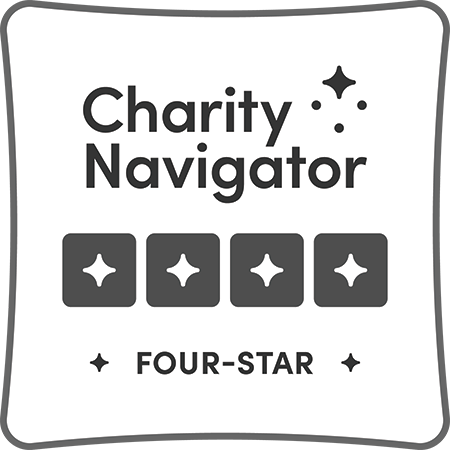SB Museum of Natural History’s Annual Gala Raises $445,000 for Education Programs
The Santa Barbara Museum of Natural History’s 21st Annual Mission Creek Gala: Pollinators took place Saturday, March 7. The sold-out event raised more than $445,000 to support Museum and Sea Center education programs including field trip scholarships to low-income schools.
Guests first enjoyed a lovely reception in the Museum’s exhibit halls with pollinator education stations including bats, hummingbirds, and butterflies. The signature cocktail, the Agavinator, was inspired by the agave plant which is pollinated by the long nose bat. After the reception, guests made their way to the newly restored Fleischmann Auditorium for the dramatic décor reveal.
Joy Full Events, Inc. and Hogue & Co. skillfully transformed the auditorium into a beehive. There were six specially themed tables: African Bee, Worker Bee, Guard Bee, Garden Bee, Honey Bee, and Queen Bee. Between courses prepared by duo catering, guests enjoyed entertainment including a spirited dance by Ahna Lipchik of the Honey Bee Waggle, and cellist Evgeny Tonkha accompanied on viola by Adriana performed Rimsky-Korsakov’s Flight of the Bumblebee to the crowd’s delight. The night ended with a testimonial by Quasars to Sea Stars teen program alumnus Charlie Thrift, who is currently a student at UCSB studying bee populations.
Museum President & CEO Luke J. Swetland made an appeal to the crowd and quickly raised $130,000. The event was a huge success for the Museum raising more than $445,000. Gala committee members included co-chairs Elisabeth Fowler and Susan Parker, as well as Stacey Byers, Jenna Savage Davis, Sheri Eckmann, Venesa Faciane, Caroline Grange, Heather Hambleton, Pippa Hames-Knowlton, Tamara Jensen, Emily Jones, Bobbie Kinnear, Kaliope Kopley, Tracy Krainer, Meridith Moore, Robyn Parker, Luke Swetland, and Pam Valeski.
The annual Mission Creek Gala sustains the Museum’s outstanding education program that touches the lives of nearly 20,000 schoolchildren each year through school tours, classes, camps, the Nature Collections Lending Library, and outreach at the Museum and Sea Center. The on-site programs primarily serve students in grades K-6 from four counties (SLO, SB, Ventura, and LA). These programs are designed for specific grade levels and based on the California NGSS standards. Employing science inquiry-based techniques promotes active learning by encouraging students’ curiosity as they explore topics. It also empowers students to take action in order to learn the concepts introduced. Teachers also benefit enormously from this change in teaching technique. By modeling the questioning process that sparks curiosity and allows children to construct their own knowledge, the programs show teachers how to provide an inquiry-based education in their own classrooms.
Museum docents are trained in these techniques and model this approach to visiting teachers. Field trip programs include (1) Outdoor Nature Explorations, an outdoor-based program along Mission Creek or East Beach, (2) Discovery Labs, inquiry-based labs investigating anthropology, life and earth sciences, (3) NGSS standards-aligned planetarium shows guided by the students’ questions, as well as related astronomy labs, and (4) exhibit hall-based interactive tours assisted by docents using exploration carts with relevant materials. For more information, visit https://www.sbnature.org/education/schools-teachers.
The Museum provides a scholarship program to visiting school groups in need of financial assistance through its Museum Access Fund (MAF). Schools with a 50% or greater enrollment in the federal Free or Reduced-Price Meal Program may apply for MAF scholarships. Donations also enable the Museum to provide programs at a reduced class rate (versus the Museum’s higher non-school group rate) to those schools which do not qualify for the MAF. Funds raised by the Museum’s annual gala enable it to offer these reduced/waived fees. Through the MAF application process, the Museum is able to gather data on the field trip costs facing teachers at different schools, as well as the other funding sources they have identified.
About the Santa Barbara Museum of Natural History
Powered by Science. Inspired by Nature. Founded in 1916, the Santa Barbara Museum of Natural History inspires a thirst for discovery and a passion for the natural world. The Museum connects people to nature for the betterment of both.


